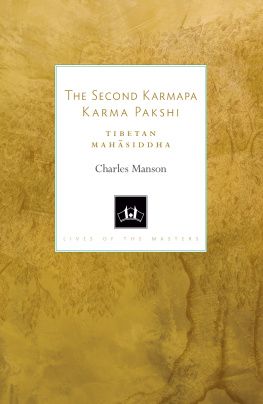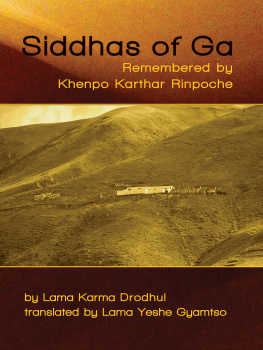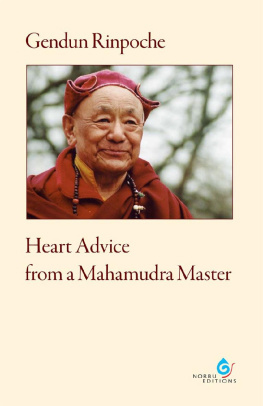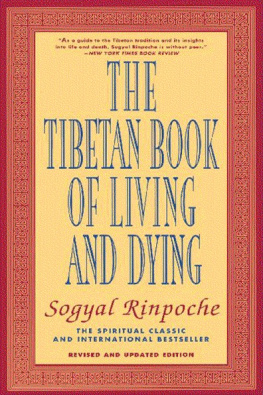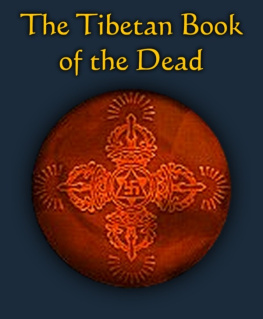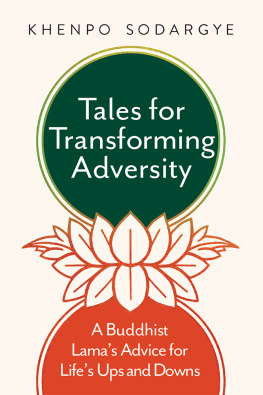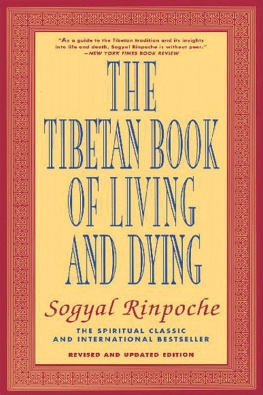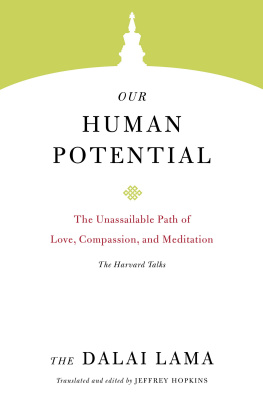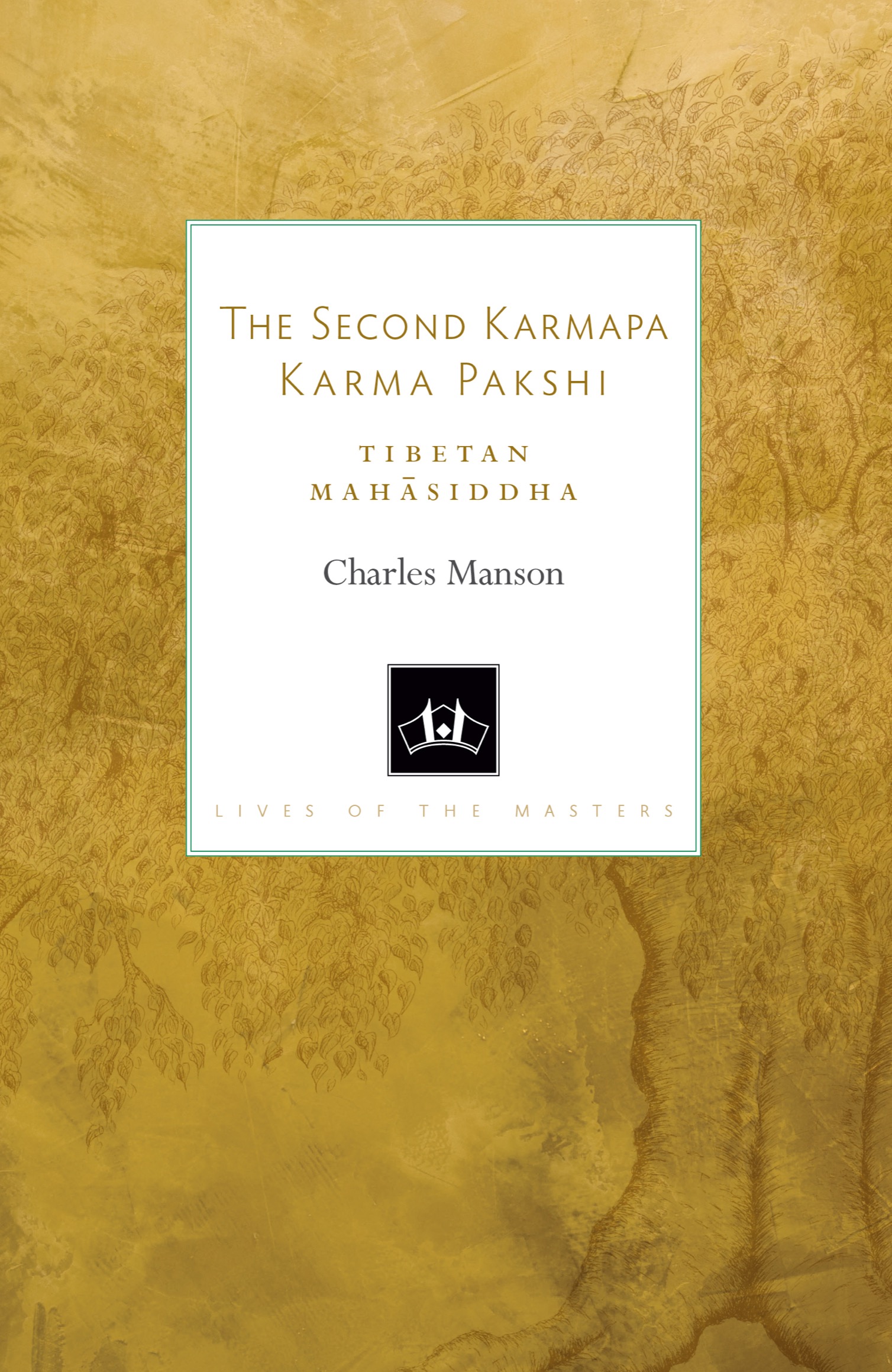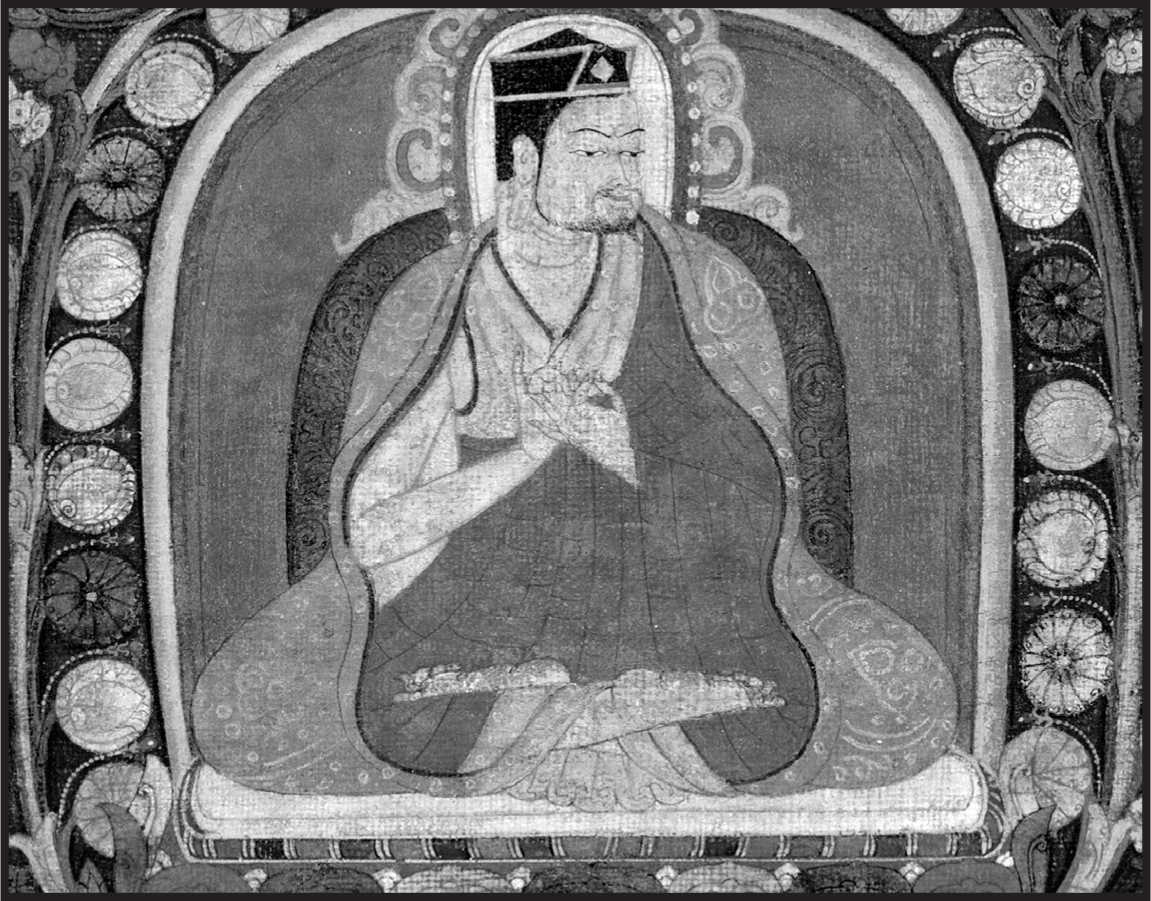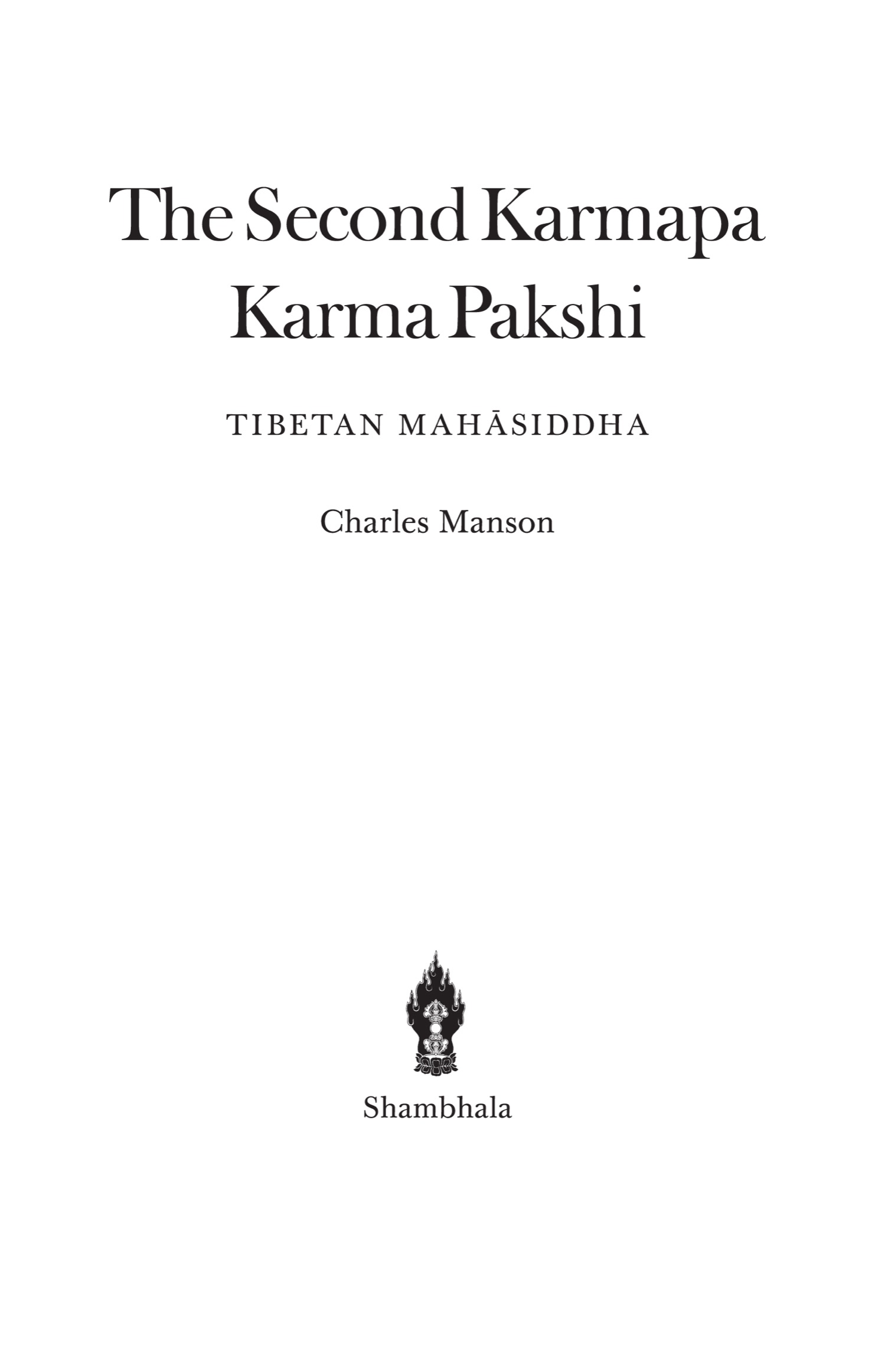Buddhist traditions are heir to some of the most creative thinkers in world history. The Lives of the Masters series offers lively and reliable introductions to the lives, works, and legacies of key Buddhist teachers, philosophers, contemplatives, and writers. Each volume in the Lives series tells the story of an innovator who embodied the ideals of Buddhism, crafted a dynamic living tradition during his or her lifetime, and bequeathed a vibrant legacy of knowledge and practice to future generations.
Lives books rely on primary sources in the original languages to describe the extraordinary achievements of Buddhist thinkers and illuminate these achievements by vividly setting them within their historical contexts. Each volume offers a concise yet comprehensive summary of the masters life and an account of how they came to hold a central place in Buddhist traditions. Each contribution also contains a broad selection of the masters writings.
This series makes it possible for all readers to imagine Buddhist masters as deeply creative and inspired people whose work was animated by the rich complexity of their time and place and how these inspiring figures continue to engage our quest for knowledge and understanding today.
Acknowledgments
Thanks are due to many people and grant institutions who have assisted in the project of researching and writing this work. The project has been a lengthy process, so hopefully I have not omitted any names.
In terms of text research, thanks are due to Burkhard Quessel (British Library) for bringing to my attention Karma Pakshis memoirs; to the Seventeenth Karmapa Ogyen Trinley Dorje for providing a text on Karma Pakshis preincarnations; and to Professor Matthew Kapstein for his advice on Karma Pakshis writings.
For the translation processes, my thanks primarily go to the late Tsering D. Gonkatsang for his patient, diligent, and expert advice. Acknowledgment and thanks are also due to Khenpo Losal, Professor Ulrich Pagel, Thrangu Rinpoche, Professor Charles Ramble, Professor Leonard van der Kuijp, and to Drungyik Tenzin Namgyal.
In terms of writing this book, thanks for advice and information are due to Dr. Ccile Ducher, Dr. Ruth Gamble, Josay Tashi Tsering, Yongey Mingyur Dorje, Dr. Dirk de Klerk, Khenpo Karma David Choephel, Dr. Jann Ronis, Professor Lewis Doney, Dr. Sonam Tsering Ngulphu, Professor Nathan Hill, Catherine Brown, Michele Martin, Kristin Blancke, Michael McCormick, and Michele Laporte.
My thanks for checking on sections of the draft go to Professor Chris Atwood, on the Mongol Empire passages, and to Dr. Roberto Vitali, on the Gya family passage.
Funding for research has come from the Frederick Williamson Memorial Fund (Cambridge), Faculty Fund (Oriental Institute, Oxford), cole Pratique des Hautes tudes (Paris), and the Centre de recherch sur les civilisations de lAsie orientale (Paris).
For the publishing process, my thanks go to Victoria Tubb for her advice on the contract, and to Casey Kemp, Laura Goetz, and Gretchen Gordon for editing.
And all the while, for her patience, encouragement, and support, my heartfelt thanks to Emma.
Karma Pakshi
Introduction
Many people within the Tibetan Buddhism communityboth those born to it and its convertswill be familiar with the name Karma Pakshi (12041283). For a more general public, the thirteenth century that he lived in, in a remote area of the Asian highlands known as Tibet, was for Europeans a period of feudalism and the cultural predominance of the Christian church and its monasteries. Several Christian friar schools were founded during this century, in particular the Franciscans and Dominicans, which led rapidly to some friars missionary work taking place as far afield as China.
The century for China was one of invasions by Chinggis Khan (also known as Genghis Khan) and his descendants, tumultuous years that eventually culminated in some degree of stability with a reunified China under the Yuan dynasty. During the period of Mongolian imperial encroachment into China, Karma Pakshi was probably the only Tibetan ecclesiastic known to preach at the courts of both Mngke Khan and Kubilai Khan in Mongolia and China. He was also the first in his ecclesiastical lineage to be known as Karmapa.
Within the fold of Tibetan Buddhism, the Karmapa lineage of prominent ecclesiastical figureheads is very well known. Each Karmapa is titular head of the Kamtsang branch of the Kagy sect (also known as Kargy). The monastery headquarters for the lineage was at Tsurpu Monastery (forty miles northwest of Lhasa) for almost eight hundred years, until its destruction by the cannons and dynamite of the Peoples Liberation Army in the 1960s. The monastery has since been rebuilt, although a Karmapa has not resided there since 1999. The lineage succession of the Karmapa figureheads has been determined over the centuries by the Tibetan Buddhist tradition of appointing a male child to the position after the death of an incumbent, where the child is considered to be a rebirth of the antecedent Karmapa. The child then usually assumes full authority in his teenage years.
Karma Pakshi is known as being a very early example in Tibetan history of such a child. In his case, his predecessor was a veritable saint: Dsum Khyenpa (11101193). As an adult, Karma Pakshi wrote several times that he was no different from Dsum Khyenpa, his teachers teachers teacher. The guru great-grandfather, so to speak, had died eleven or thirteen years before Karma Pakshis birth. Karma Pakshi was the first to self-identify as Karmapa (he used Karmpa), and eventually Dsum Khyenpa was attributed retrospectively the epithet of First Karmapa. Thus Karma Pakshi is often identified, somewhat loosely, as the first reincarnate, an emanation of a holy being known as a trlku (often commonly rendered as tulku from the Tibetan, or living buddha in modern parlance).

